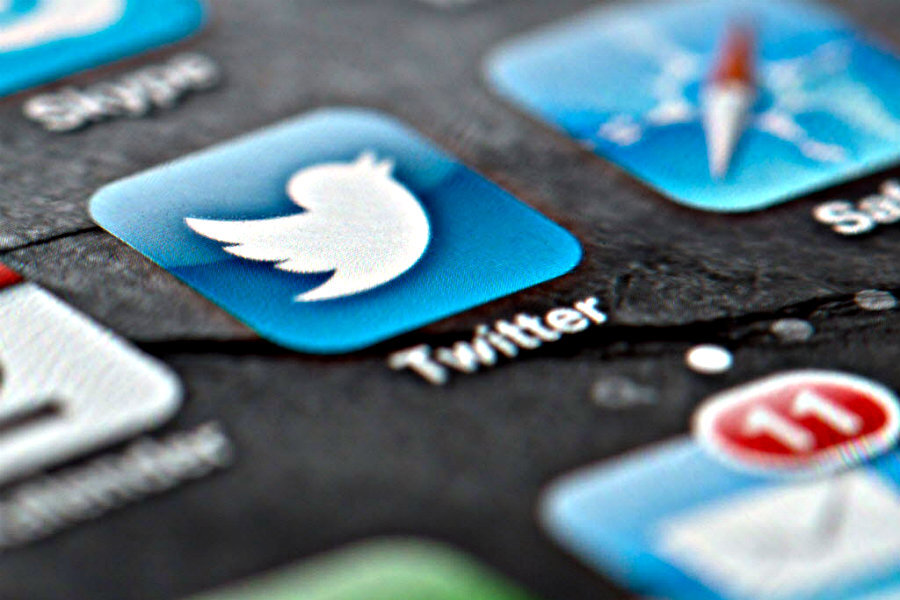Twitter adds video, group messaging. What's behind the new features?
Loading...
Twitter’s long-awaited new features have finally arrived.
On Tuesday, product director Jinen Kamden took to the company’s official blog to announce the rollout of Twitter’s mobile video and group messaging services, just two of a number of updates the company has issued in the last few months.
The mobile video feature lets users shoot, edit, and post 30-second videos via the Twitter app for iOS and Android.
“In just a few taps you can add a video to unfolding conversations, share your perspective of a live event, and show your everyday moments instantly, without ever having to leave the app,” Mr. Kamden wrote.
The feature allows users to record multiple segments and delete individual segments, The Verge reported. Users can also upload up to 30 seconds of clips saved on their phone – though for now that particular service is available only on Apple devices.
The second feature, group messaging, now allows users to invite up to 20 people to a private conversation, regardless of who follows whom. Previously, Twitter’s direct-messaging service only allowed private communication between individual users who followed each other.
The changes, which will roll out over several days, are part of Twitter’s ongoing effort to improve user growth and engagement figures. In October, those numbers were reported as lower-than-expected and resulted in a drop in company shares. Since then, Twitter has released a number of new features that attempted to address a range of issues, from combating online abuse and harassment to filling information gaps when users were away.
Will those changes be enough to interest investors and advertisers in the long term? Some think not.
In an article for finance magazine Barron’s, columnist Tiernan Ray voiced investors’ concern: “It may be that most people don’t need to go to Twitter if they can catch that stuff on other Websites or on the evening news,” Mr. Ray wrote.
He added that not only does Twitter have fewer users – 284 million compared to Facebook’s 1.4 billion – but the very activity of people tweeting and reading tweets is beginning to lose its novelty with advertisers.
Others, such as internet advertising writer Robert Hof, said that comparing Twitter to Facebook is a misleading way to measure Twitter's effectiveness as a marketing tool.
"[F]or the foreseeable future, and maybe forever, Twitter will remain something quite distinct from Facebook,” Mr. Hof wrote for Forbes. “And that distinction, a more specific set of services than Facebook’s focused on real-time news and content, means Twitter inevitably will have a smaller base of users on its own site and thus an advertising opportunity that’s rather different from Facebook’s.”
Time will tell if Twitter’s strategy improves its performance on the market. In the meantime, the new features have already appealed to some famous users: Actor and Broadway star Neil Patrick Harris was reportedly among the first to use the mobile video service when he made an announcement Tuesday morning about the upcoming Academy Awards:






